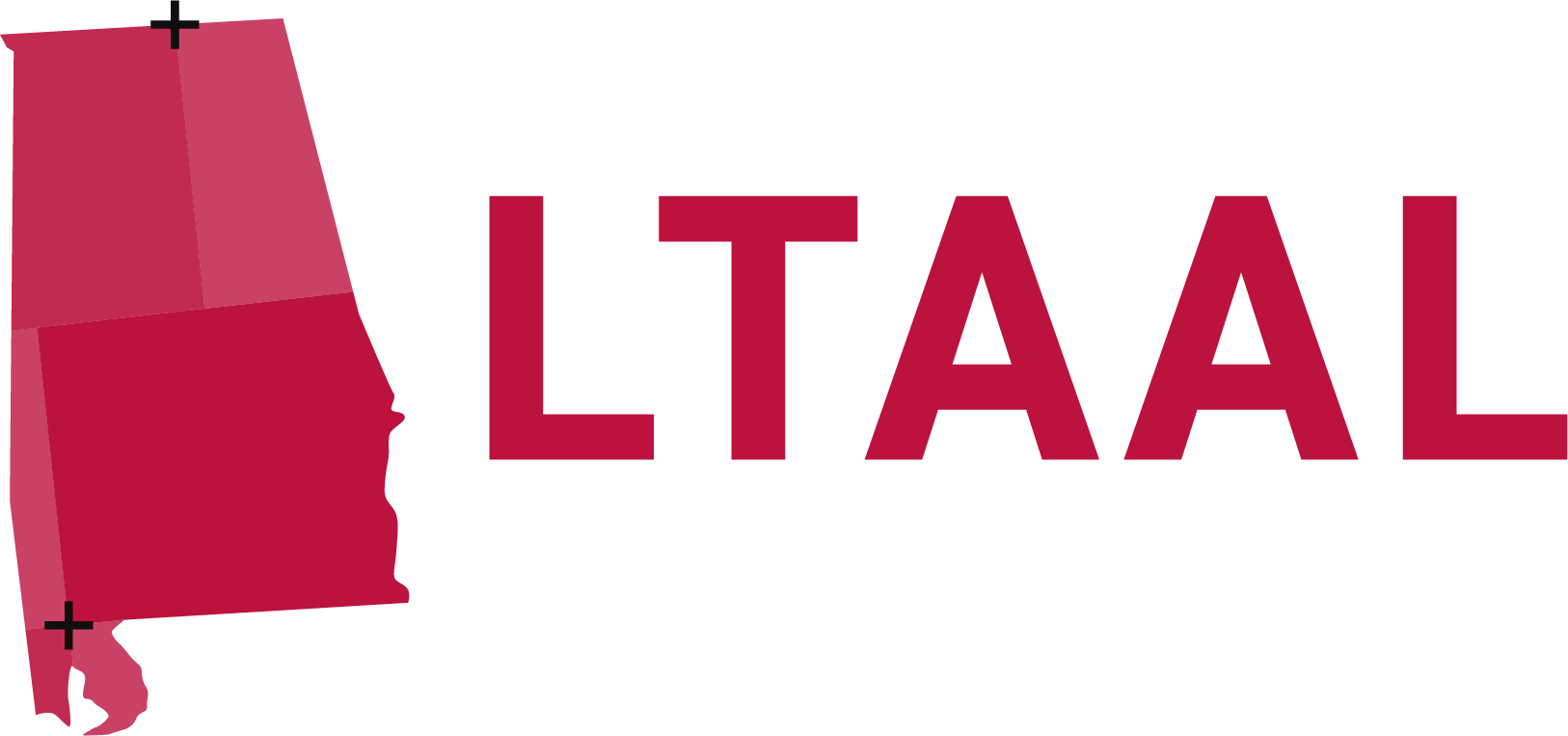Alabama Housing Affordability Dips Slightly as Interest Rates and Home Prices Rise
By Jessica Hughes (Originally published April 25, 2025)
Buying a home in Alabama remains a challenge as both interest rates and home prices continue to climb.
A new report from the Alabama Center for Real Estate (ACRE) shows that the state’s Housing Affordability Index (AHAI™) declined by 0.49% in the first quarter of 2025 compared to the previous quarter. The drop in affordability is largely due to a 3.5% increase in the median home sales price statewide and a rise in 30-year fixed mortgage rates, which went from an average of 6.65% in Q4 2024 to 6.82% in Q1 2025.
Despite these headwinds, rising incomes helped to soften the blow. In 2025, Alabama’s estimated median family income rose 4.7% year-over-year, according to the U.S. Department of Housing and Urban Development. Nationally, the median family income saw a larger increase of 6.5% during the same period.
While Alabama’s overall affordability score improved 4.7% from Q1 2024, the national index experienced a greater year-over-year increase of 6.5%.
Regional Highlights:
- Eight of Alabama’s 12 metro areas saw improved affordability compared to the previous quarter.
- Decatur posted the highest quarterly gain, with affordability up 12.95%, followed by Tuscaloosa with a 5.57% increase.
- Among non-metro areas, Marshall County saw the largest jump, with its affordability index climbing 23.86%. ACRE notes that smaller areas may experience more volatility in median home prices due to limited sales data.
Statewide Affordability Snapshot: Alabama’s AHAI score for Q1 2025 was 129. This means a median-income family earning $86,400 has about 1.29 times the income needed to purchase the state’s median-priced home, which is currently $266,429. This assumes standard lending practices and a 20% down payment.
Most and Least Affordable Markets:
- Most Affordable Metro Areas:
- Decatur (AHAI: 154)
- Anniston-Oxford-Jacksonville (152)
- Gadsden (144)
- Least Affordable Metro Areas:
- Daphne-Fairhope-Foley (104)
- Auburn-Opelika (102)
The AHAI is calculated as the ratio of a region’s actual median family income to the income required to buy and finance the median-priced home. A score of 100 indicates a family earning the median income has just enough purchasing power to afford such a home. A higher score indicates greater affordability.
The index is based on data from Freddie Mac’s Primary Mortgage Market Survey, which recorded an average interest rate of 6.82% for Q1 2025.

